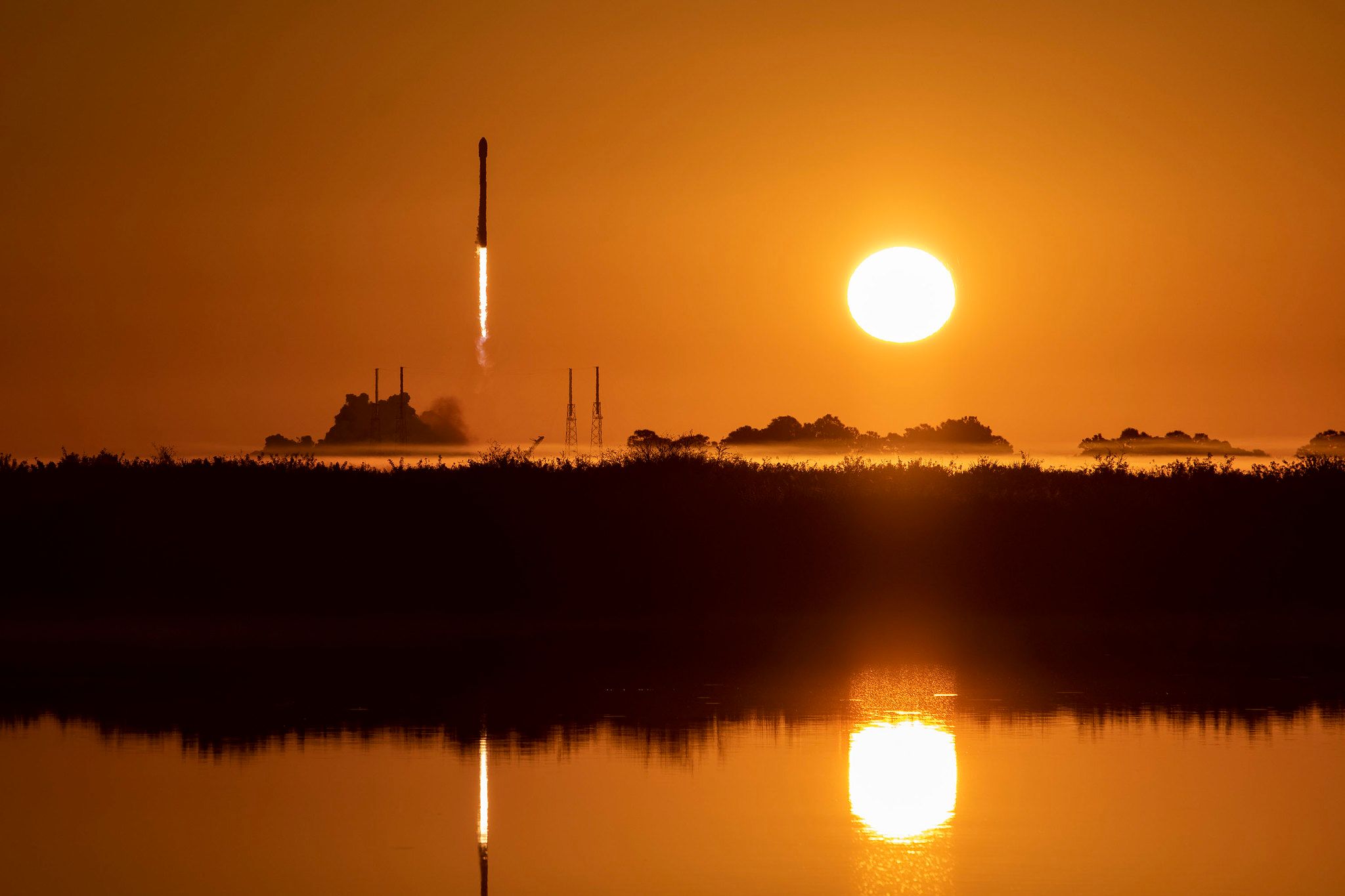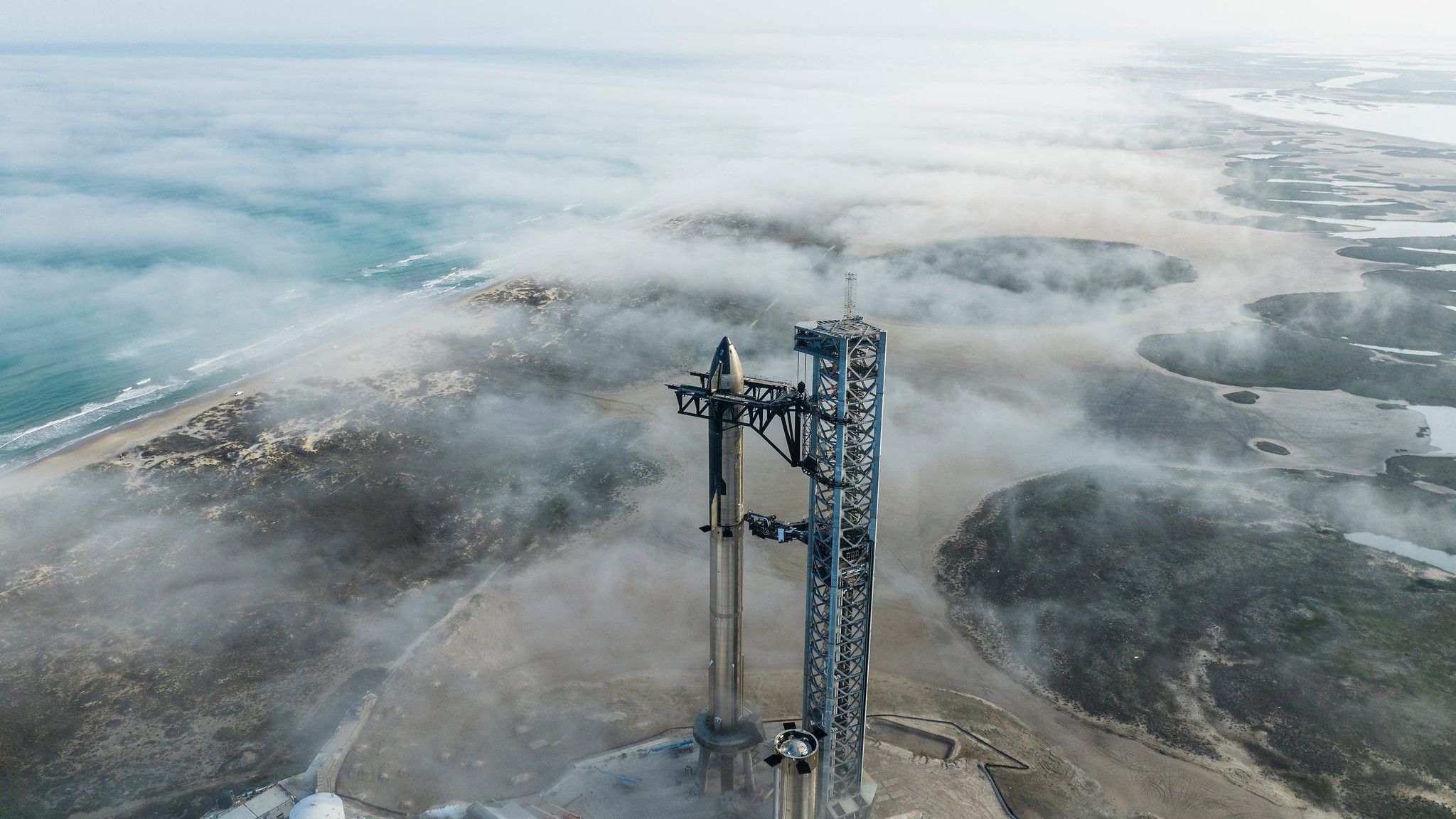Launching a rocket to space has become an enterprise that can be funded by private companies, such as SpaceX. This led the Federal Aviation Administration (FAA) to manage a record-breaking 92 space missions from the US airspace in 2022, a 33% increase from the year prior, and poses a new challenge for the entity; how to keep the airspace clear?
How to keep the airspace clear?
The FAA is aware that the increase in the frequency and complexity of commercial space activities will make the existing approach of segregating rocket launch and reentry operations from other flights in the US national airspace increasingly unsustainable.
Get the latest aviation news straight to your inbox: Sign up for our newsletters today.
Currently, when a commercial space vehicle is scheduled to fly, the FAA closes large volumes of airspace, segregating launch and reentry operations. These closures cause other users to incur delays and other inefficiencies. Moreover, most missions are launched from Florida, a state with one of the busiest airspaces in the United States. As reported by CNBC, airlines operated 722,180 flights to, from, and within Florida last year, with Miami International having a record-breaking year for passengers. Generally, the impact on the aviation community is in reroutes, which cause flying additional miles and increased costs. Since 1989, Florida has had 276 licensed launches, the most in the United States (California has had 86, Virginia 25, Texas 24, New Mexico 18, and Alaska eight).
To address this issue, the FAA, along with the Commercial Space Transportation industry, are working together to minimize disruption by moving from accommodation to integration, according to the FAA’s website.
How is the FAA doing this?
The FAA is looking to integrate commercial space vehicles into the national airspace system by working on new procedures and technologies which would safely reduce the airspace that must be closed before the operation. These procedures and technologies would also allow the FAA to quickly respond to contingencies and release airspace as soon as it is no longer needed. The FAA predicts the airspace will be managed dynamically in the future, safely minimizing inefficiencies and paving the way for routine access to low Earth orbit and beyond.
Last year the FAA met with airlines to discuss flight disruptions. Airlines executives, such as American Airlines Chief Executive Officer Robert Isom, have publicly said that dealing with more rocket and satellite launches on the Florida coast impacts airspace.
The FAA is working to develop time-based procedures, and operator mission triggers to manage airspace and mitigate launch and re-entry effects more effectively. For instance, it deployed the Space Data Integrator in 2020. Also, the FAA has cut airspace closure in half for launches since 2018, from an average of more than four hours to just over two hours today.
Increase in rocket sightings from the air
Not everything is bad, though. The increase in rocket launches in the United States has allowed some fortunate passengers to get a first-row view of these incredible activities. Earlier this year, a KLM flight heading to the United States saw a SpaceX Falcon 9 Heavy rocket departing from Florida. Last year, journalist Nick Leimbach was onboard a United Airlines flight over Cape Canaveral and recorded a SpaceX Falcon 9 lifting off.
How should the FAA keep the airspace clear and allow rocket launches to continue? Let us know in the comments below.
Source: CNBC News.


